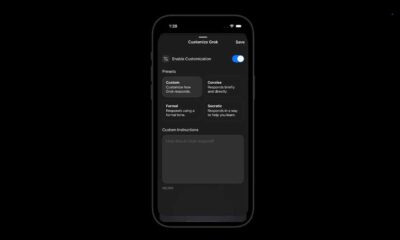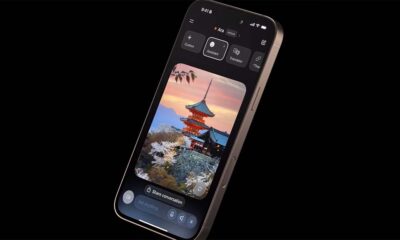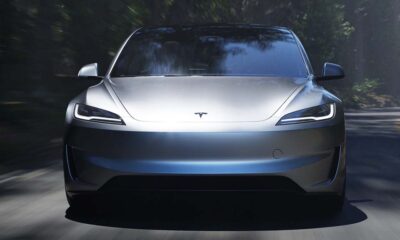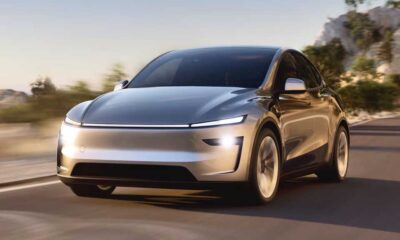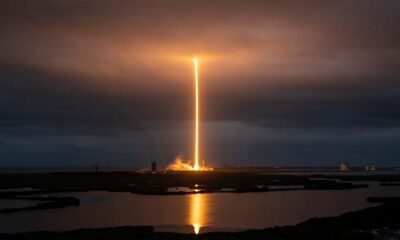Tesla
Here’s our first look at Tesla’s ride-hailing service in action
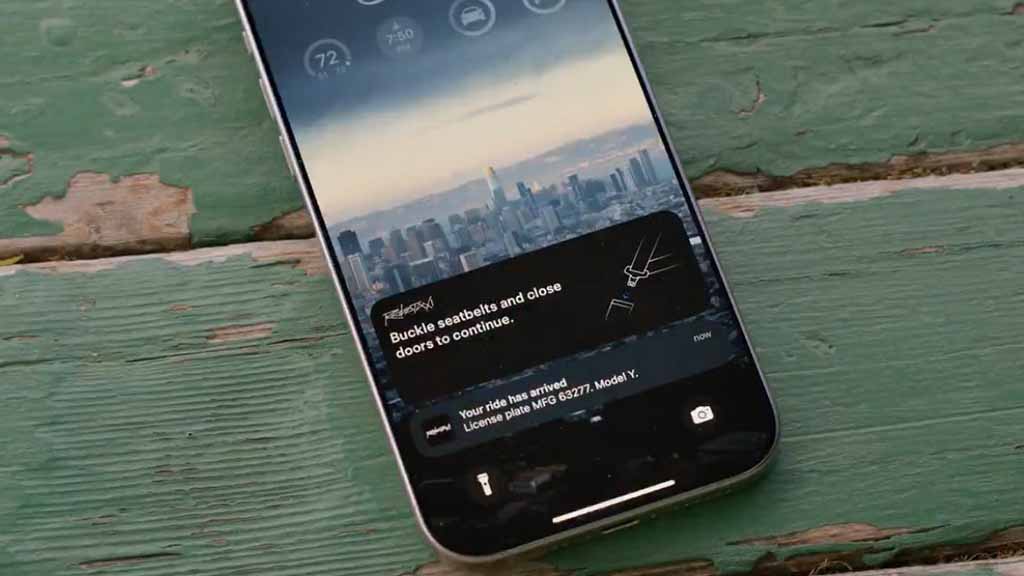
Tesla has been talking about robotaxis since last year and today, the company has shared a first look at electric vehicle (EV) maker’s ride-hailing services in action.
The video uploaded on social media site X shows a mobile app with robotaxi interface. The user pressed the “PICK ME UP” button to book a ride. This will take you to the ride booking page, where you will have to select a destination location. The app will also have an option to adjust the Pick-up location.
After confirming the booking, the vehicle will go to a pickup location. It will park near your location and the app will show a notification with the following message.
“Buckle seatbelts and close doors to continue”. Customers will also see the license plate number and vehicle model for further identification of their ordered robotaxi.
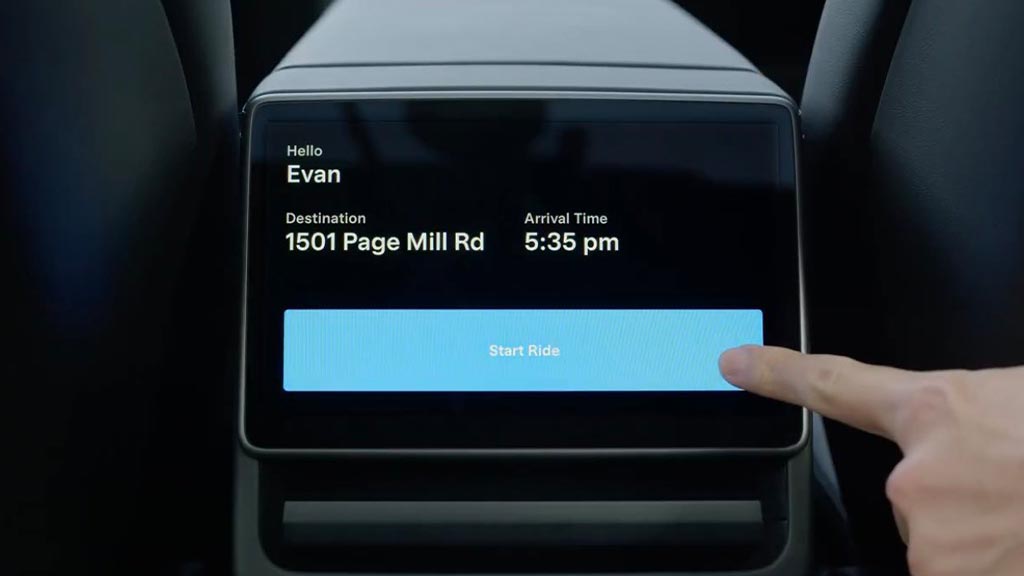
Source – Tesla
Once inside, the passenger screen will once again get seatbelt and door closure reminders. After completing these milestones, the user will be redirected to the ride start screen with a destination review as well as arrival time.
After starting the ride, the screen will show the customer different vehicle controls including navigation, climate controls, seat position, music, entertainment, gaming, and screen settings.
There’s a large button for Emergency Stop on the screen to stop the ride at any time.
Tesla has been testing a supervised ride-hailing service for early adopter employees in Austin and San Francisco Bay Area, completing more than 1.5k trips and 15k miles of driving.
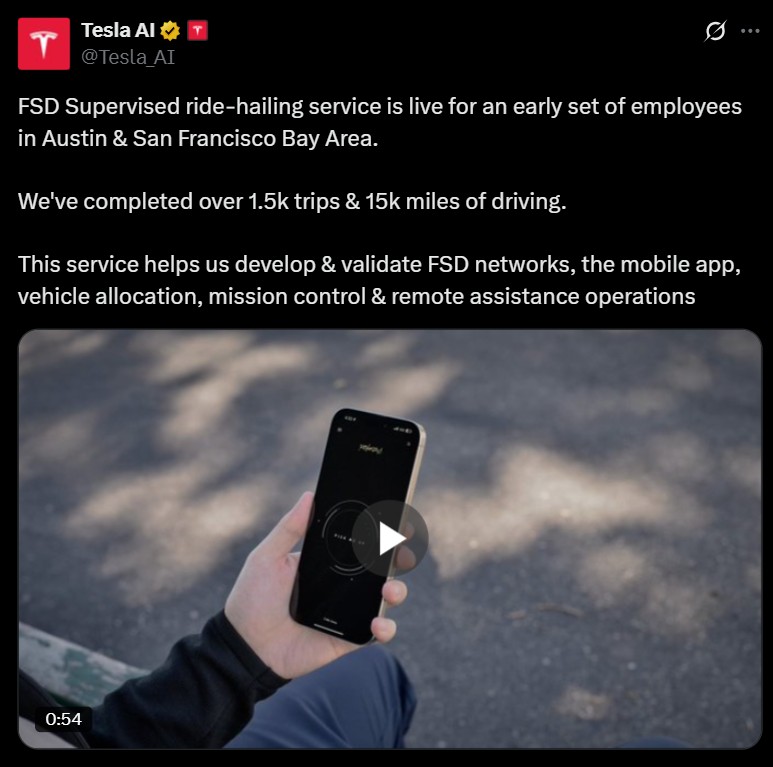
Source – Tesla
These tests help the company to develop and validate FSD networks, mobile app, vehicle allocation, mission control and remote assistance operations. It means, Tesla has completed these rides to test the technology with its employees with supervised FSD and the public launch, slated for this summer, will feature driverless unsupervised FSD for a complete autonomous experience.

